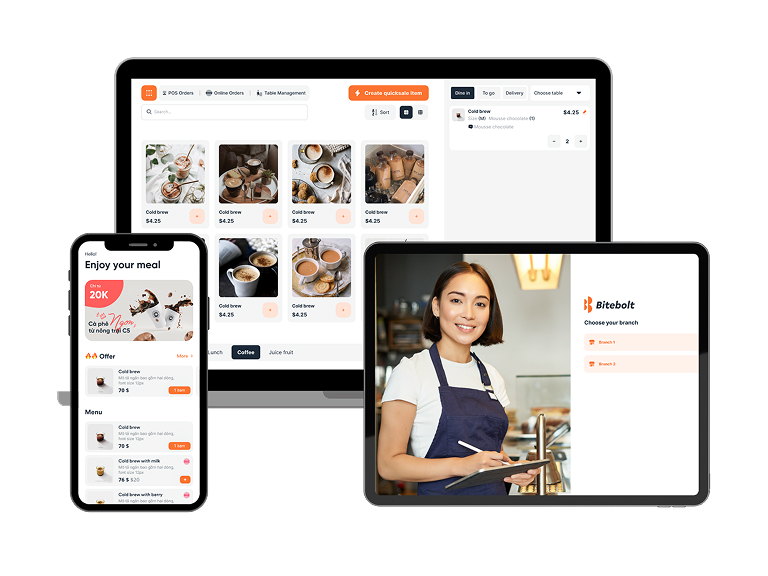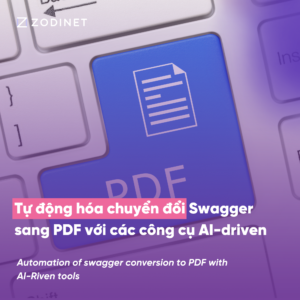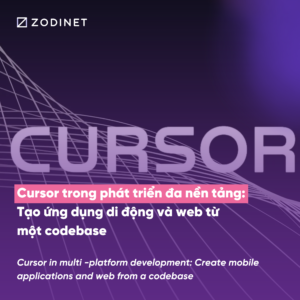Artificial Intelligence (AI) is revolutionizing the landscape of UI/UX design processes for businesses, enhancing creativity and efficiency. In this article, Zodinet will explore how this technology streamline design workflows, improve user experiences, and ultimately drive better business outcomes. By understanding the multifaceted role of AI in UI/UX, businesses can harness its potential to stay competitive in a digital-first environment.
Optimizing Design Workflows with AI in UI/UX Design
The integration of AI into UI/UX design processes significantly optimizes workflows, allowing designers to focus on creative aspects while this technology handles repetitive tasks. This transformation is crucial for businesses looking to improve efficiency and accelerate project timelines.

Automated Design Recommendations
One of the primary advantages of AI in design optimization is its capability to analyze vast datasets and generate smart design recommendations. Tools equipped with machine learning algorithms can assess user behavior, preferences, and interactions, leading to insights that guide designers in making informed choices. For example, the system can suggest color palettes, layouts, and font styles that resonate with target audiences, ensuring that designs are not only aesthetically pleasing but also user-friendly.
Streamlined User Testing
AI can significantly enhance the user testing process by automating user feedback collection and analysis. Traditional user testing often involves lengthy procedures to gather and interpret user responses. With these intelligent tools, businesses can leverage sentiment analysis tools to quickly evaluate user reactions and pinpoint design flaws. By using AI-driven tools, companies can make necessary adjustments in real-time, resulting in a seamless user experience that meets customer expectations.
Enhancing User Experience with AI in UI/UX
AI plays a pivotal role in personalizing user experiences, allowing businesses to cater to individual user preferences. Personalization not only enhances satisfaction but also fosters customer loyalty, making it a crucial focus for UI/UX designers.

AI helps personalize the customer experience (Source: bitebolt.app)
Behavioral Analysis for Customization
AI-driven analytics provide insights into user behaviors and interactions with designs, paving the way for customized experiences. By analyzing patterns, designers can build adaptive interfaces that evolve based on user needs. For instance, websites can alter content dynamically, showing users information that aligns with their previous interactions, thus significantly improving user satisfaction and engagement.
Predictive Design Elements
Another significant aspect of AI in UI/UX is its ability to utilize predictive analytics. By studying historical data and user trends, these intelligent tools can anticipate user needs and offer proactive solutions. This means that design elements can adapt in real-time to anticipate user actions, creating an intuitive and interactive experience. This proactive approach can lead to higher conversion rates and increased user retention for businesses.
Conclusion
No longer science fiction, UI/UX design has entered a new era with the assistance of AI. This technology not only provides deep user insights but also improves workflow efficiency. Is your business ready to leverage this to build a competitive advantage? Contact Zodinet now for a comprehensive AI strategy for your website!



